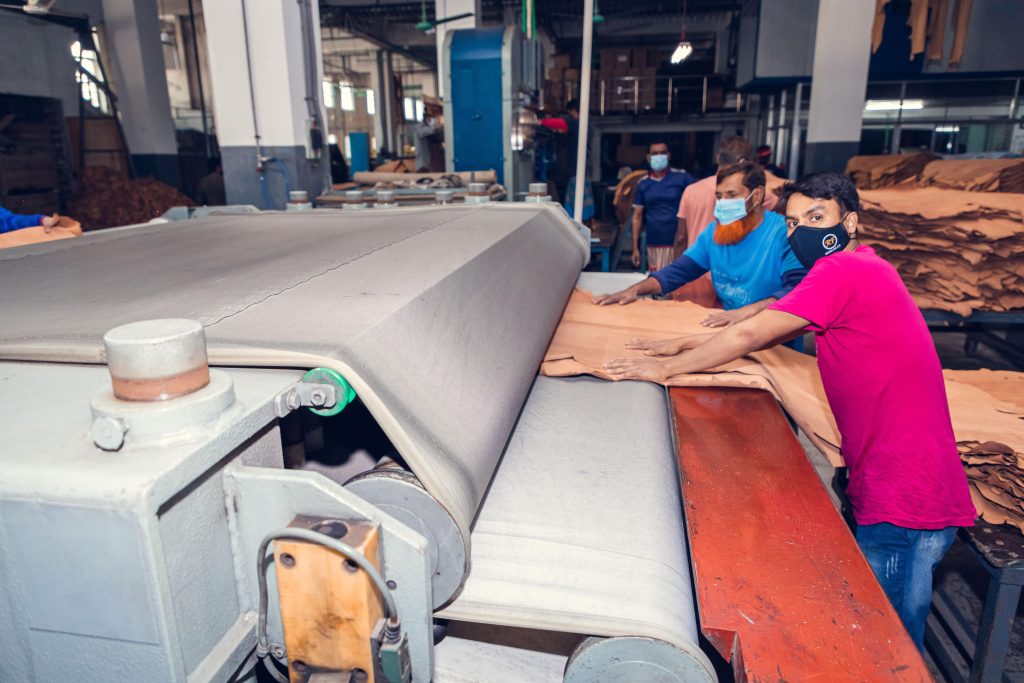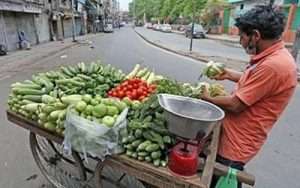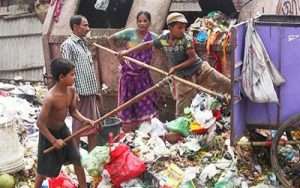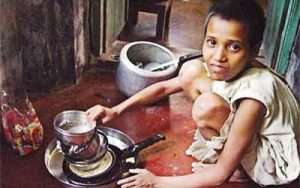
Informal Works
Lack of security in formal sector compelled street vendors to remain informal sector Street vendors are not in a position

Bangladesh has earned a total of $1.25 billion in foreign exchange from leather exports in the fiscal year 2022-23
The industry employs around 0.85 million people, with 60% of the workforce being women
USA and EU countries do not import leather from Bangladesh due to lack of proper compliance
Government is planning to close the tannery estate of Savar and establish a full-fledged ‘leather industrial city’ with tanneries
Leather is one of the oldest industries of Bangladesh, exporting 10% of the global demand for leather, has become the country’s second-largest source of foreign exchange after RMG. According to Export Promotion Bureau, In 2022-23, Bangladesh exported leather and leather goods worth $1.25 billion . Bangladeshi Leather is internationally popular for its high-quality fine grain leather, uniform fiber structure, smooth feel, and natural texture.
At present, 150+ tannery factories have been relocated to the Savar tannery estate where almost 10,00,000 people engaged directly and indirectly. Around 40 small tanneries could not afford such relocation and stopped their operations. Shifting of tannery impacted employment. The number of employments in tannery industries drops by 15% to 30%.
The availability of raw materials is the biggest strength for Bangladesh, exports three types of leather: crust leather, finished leather, and split leather. But the USA and EU countries do not import leather from Bangladesh due to lack of proper compliance. Our tanneries are selling leather to China and other countries at a poor rate due to lack of LWG certification.
Tanneries in Bangladesh have failed to maintain Occupational Safety and Health (OSH) which is also a violation of labour rights. The workplace environment has improved in Savar more than in Hazaribagh, but it is yet to improve. The workers currently employed in tanning industries are socio-economically affected. At least 50% are daily passengers and they have to bear additional transport costs as they commute to their workplaces from the capital. These costs could be avoided if they had accommodation facilities near the estate. Lack of school, hospital facilities affected their livelihood. Worker’s rights are largely not complied with the factory management. Implementation of minimum wage declared by the government ignored. In the Leather industry, BLF is working for ensuring workplace safety and legal rights of the workers which further ensures the social compliance of the factories thus leading to certification by the LWG.

Lack of security in formal sector compelled street vendors to remain informal sector Street vendors are not in a position

Lack of security in formal sector compelled street vendors to remain informal sector Street vendors play a significant role to

Waste pickers significantly contribute to green economy but not recognized and victim of discrimination 120,000 waste pickers in Dhaka, recycled

Domestic children and women workers suffer silently in Bangladesh. Domestic workers are a highly vulnerable group in Bangladesh. High proportion
F Haque Tower, Level – 7
107, Bir Uttam C.R. Datta Road
Dhaka – 1205, Bangladesh.
© 2024 Bangladesh Labour Foundation. All Rights Reserved.
Conceptualized, Designed & Developed by-Decent Act International